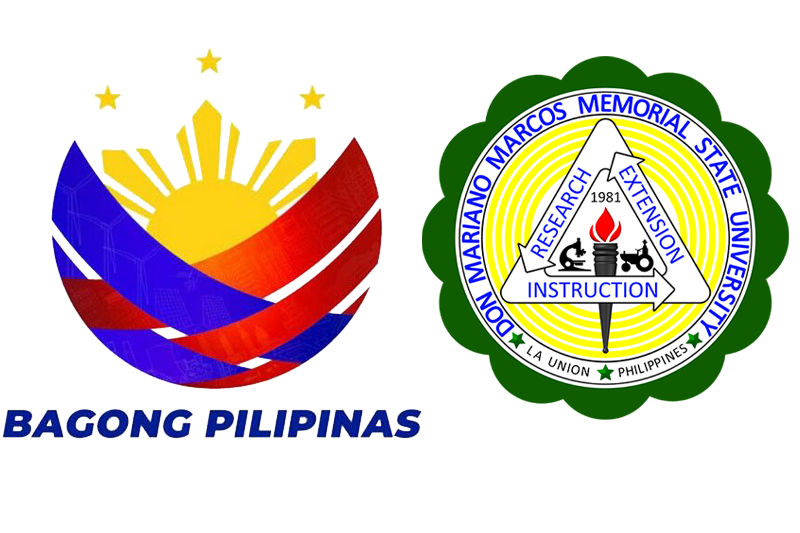The athletic urn used in this year’s SCUAA-1 is a sculptural treasure of one of the Philippines’ finest Ifugao sculptors, Anselmo Day-ag. Day-ag’s creation, the Bamboo Torch, stands as a testament to his unparalleled skill and the rich cultural heritage that inspires his work. Its structure may have derived its inspiration from the local practices of farmers and fishermen to create a light source out of a single piece of bamboo.
Moreover, its subtle lean is a deliberate demonstration of Day-ag’s mastery, defying gravity with ease—a quality showcased when it withstood the powerful Northern Luzon earthquake of 1990.
Day-ag’s artistry extends beyond the confines of the SCUAA-1 grounds. He is the artist behind monumental landmarks like the Eagle of the North in Agoo, La Union, and the iconic Lion’s Head in Baguio City. His contributions to religious and historical artworks across the nation underscore his profound impact on Philippine artistry.
In addition, his artistic style is a fusion of indigenous and modernist proficiency that boasts both naturalistic and utilitarian features. This led him to be one of the favored artists of then Minister Jose D. Aspiras and the late President Ferdinand E. Marcos Sr., who became monumental in the establishment of educational, civic, and religious institutions in La Union and in Northern Luzon.
Symbolically, the torch represents the victorious feat over darkness and a glorious quest to illuminate the path to the future, while the bamboo denotes a reminder to keep a humble heart. Furthermore, it is a contrasting art symbolism to instill in every athlete the herculean duty to attain greatness while keeping their feet on the ground.
As a cultural sporting emblem during the SCUAA-1 Olympics 2024, the bamboo torch will remain lit throughout the 5-day event. (By Renan E. Flores)
